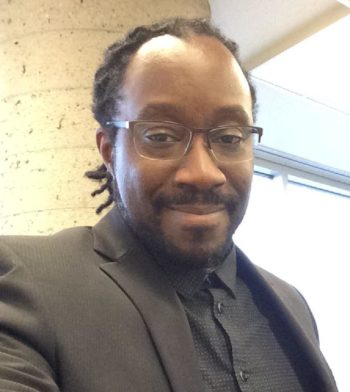400 years in 4 minutes: How Ottawa Carleton School Board perpetually excludes Black community

It is striking to me that after 400 years, from slavery to segregation, to diversity and inclusion (but no enforceable policies), we are given only four minutes to bring forward issues to address Canada’s legacy regarding anti-black racism in the educational system. No time to share our stories of the impact of decades of differential treatment. No space to share our perspectives on what meaningful engagement, dialogue and redress would look like.
It is a glaring indication of how seriously the OCDSB takes community concerns. As far as I am concerned, it is by design.
It is striking that after 400 years, from slavery to segregation, to diversity and inclusion, we are given only four minutes to bring forward issues to address Canada’s legacy regarding anti-black racism in the educational system.
As our presenters prepared to leave the OCDSB council chamber, still wondering why they had not been engaged in a legitimate way, the image of an amalgamated Safe Schools policy was projected on a big screen for all to see. When this policy was instituted some years ago, our communities expressed concern that it was being used to criminalize, suspend and expel Black youth from Ontario schools at an accelerated rate. This discussion, led by staff, was not constrained by a timer. And despite the cautioning of one trustee, the revised policy was adopted as is. No room for community consultation.
It is no wonder that few community members come out to support our people who present at this body. We understand the near futility of engaging this hegemonic institution whose purpose appears to be to steadfastly maintain the status quo.
This article was originally published at the Ottawa Citizen Online on December 10, 2018.
About the writer
Richard Sharpe is a community activist and co-founder of the 613/819 Black Hub. He can reached by email at richard.sharpe.d@gmail.com.
